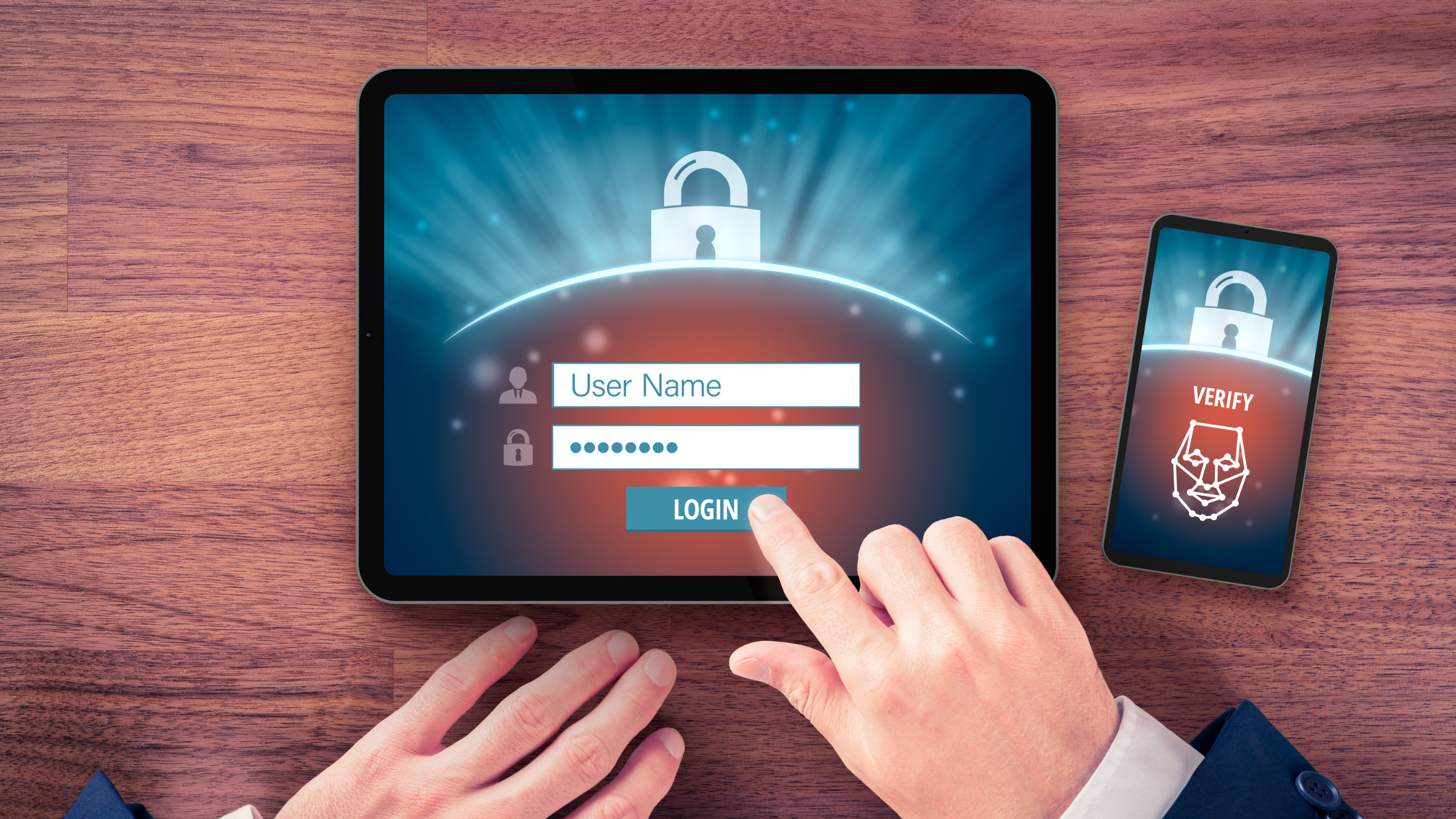Zero Trust: A Practical Model for Modern Business Security
Zero Trust is more than just a cybersecurity buzzword—it’s a modern, highly adaptive security framework designed to meet the demands of today’s work-from-anywhere, cloud-powered business environment. Its central premise is straightforward: never trust, always verify. No user or device—whether inside or outside the network perimeter—is automatically granted access. Instead, each access request is authenticated, authorized, and continuously validated based on context and risk level.
The Zero Trust model offers a compelling response to increasingly sophisticated cyber threats, especially as organizations adopt hybrid infrastructure and embrace distributed workforces. Yet, for many small and mid-sized businesses (SMBs), Zero Trust can seem out of reach—overly complex, resource-intensive, or simply “too enterprise.”
But that perception is shifting. With cloud-native tools and experienced implementation partners, Zero Trust is not only achievable at SMB scale—it can be a competitive advantage. It just takes the right strategy, the right technologies, and the right guidance.
Inside Cisco: Zero Trust in the Real World
Cisco is more than a global technology leader—it’s also a real-world proving ground for the very solutions it offers. Cisco has implemented a company-wide Zero Trust strategy to secure its workforce and reduce reliance on outdated security models like VPNs and static perimeter defenses.
A cornerstone of Cisco’s internal Zero Trust rollout was the deployment of Cisco Duo Beyond, a solution that verifies both user identity and device health before granting application access. Rather than relying on network-based access, Cisco enabled users to connect directly to the applications they need, from wherever they are, using Cisco Duo Network Gateway.
The result? A significant leap forward in security, paired with a smoother user experience. The implementation was completed in under five months, and its impact is being felt across Cisco’s global workforce.
Key takeaways from Cisco’s deployment:
- Continuous trust evaluation: Using Duo Trust Monitor, Cisco can identify anomalous login behaviors and trigger additional authentication measures only when warranted. This minimizes user friction while strengthening security posture.
- Device hygiene enforcement: The Duo Device Health application ensures that only secure, updated, and compliant devices gain access to corporate resources. Cisco now performs millions of health checks per month, with users able to self-remediate issues as they arise.
- VPN-less, direct application access: By decoupling access from the corporate network, Cisco significantly reduced attack surface and improved application performance—while still maintaining strong controls.
- Positive user feedback: Because Duo’s authentication methods include push notifications and single-tap approval, employees can stay secure without jumping through hoops. This usability has been key to widespread adoption.
Cisco’s real-world implementation demonstrates that Zero Trust doesn’t have to mean locked-down systems or productivity bottlenecks. It can—and should—be both secure and user-friendly.
What SMBs Can Learn: Zero Trust That Scales
Too often, SMBs assume that Zero Trust is out of reach due to limited budgets or in-house expertise. But in reality, many of the core Zero Trust principles are highly accessible—especially when implemented through a phased, pragmatic approach.
At Robinett Consulting, we work with growing businesses to build tailored Zero Trust strategies that align with their size, risk profile, and business goals. Leveraging Cisco’s modular, cloud-delivered solutions, we help clients take meaningful steps toward a stronger, more agile security posture—without overwhelming internal teams or disrupting business continuity.
Here’s what that looks like:
Start with what matters most: We help SMBs identify the critical applications, data, and users that need immediate protection—and then implement secure access controls around those assets first.
Implement phishing-resistant MFA: Traditional SMS-based MFA is no longer sufficient. We deploy Cisco Duo’s phishing-resistant MFA across critical workflows to drastically reduce account compromise risk while maintaining user convenience.
Validate devices automatically: With Duo’s Device Health checks, organizations can ensure only secure devices—those running up-to-date OS versions, protected by endpoint tools, and free of tampering—can access corporate resources.
Segment access and enforce least privilege: Using Cisco’s tools, we limit access rights based on roles, context, and device trust—reducing the blast radius of any potential breach.
Leverage analytics and automation: AI and machine learning capabilities in Cisco’s security portfolio help SMBs stay ahead of emerging threats, triggering alerts or policy changes automatically when risks are detected.
The key is scalability. You don’t need a sprawling security stack or a full-time CISO to implement Zero Trust. You just need a clear plan, a flexible technology stack, and a trusted partner to guide the process.
Security Without Sacrificing Productivity
One of the most common concerns we hear from SMB leaders is: “Won’t this slow my team down?”
It’s a fair question. Security controls that are too rigid, too complex, or too disruptive can frustrate employees, leading to workarounds or shadow IT. That’s why usability must be baked into any Zero Trust initiative.
Cisco’s internal journey proves that security and user experience can go hand-in-hand. Instead of relying on cumbersome VPNs or password-only protection, Cisco employees use Duo’s streamlined, push-based authentication to access what they need—securely and quickly.
At Robinett, we emphasize that same philosophy. We help clients secure the user, not just the network, by building policies that are both adaptive and minimally invasive. That includes enabling:
- Mobile-first authentication with Duo Push, where users can approve logins with a tap
- Self-service device registration and remediation tools to reduce help desk load
- Context-aware access policies that apply stronger controls only when needed (e.g., unusual logins or new devices)
By focusing on the human element, we ensure that employees stay productive and engaged—while maintaining airtight security in the background.
Zero Trust: A Real-World Strategy for SMBs
Cisco’s deployment proves that Zero Trust isn’t a theory—it’s a tested, scalable strategy for modern security. And at Robinett Consulting, we specialize in bringing that strategy to life for small and mid-sized businesses.
Whether you’re just beginning your Zero Trust journey or looking to evolve your existing security posture, we’re here to help you build a resilient, user-friendly, and forward-thinking security foundation.
Let’s make Zero Trust real—for your team, your tools, and your future.
Ready to get started?
Explore how Robinett Consulting and Cisco can help you implement Zero Trust that fits your business.
References:




